Hot pepper, hot pepper...

Hot pepper... Tell me, who doesn’t know what we’re talking about? Some use it as an essential spice in cooking, while others treat various diseases with its help.
Content
History of hot red pepper
Those who have grown hot red capsicums in their summer cottages know that this is an annual plant. But not everyone knows that the fruit itself, which is the reason for the value of pepper, is a berry. The shape of the fruit is different: it can be either round, triangular or even square, the size can also vary greatly. The berries are often red in color and come in a wide variety of shades. Pepper fruits are hollow inside and contain hot seeds.
Pepper was first grown in India and America, but in Europe it came in a very interesting way, literally from both sides of the world.
The first mentions of it are found in the descriptions of ancient Indian scientists, which are more than 3,000 years old. It probably came from India to the Roman Empire, where it was used for some time as a currency.
And in Europe in the Middle Ages, fairly rich people were called “a bag of pepper,” which served as a kind of symbol of their prosperity. Also, the guild of pepper merchants was recorded in England, where even rich people depicted capsicums on their family coats of arms.
At the end of the 15th century, Columbus made his famous journey and, as a result, not only discovered America, but at the same time the route along which pepper began to be transported to Europe. Europeans soon began to independently cultivate it and appreciated its pronounced culinary and medicinal properties.
This is where pepper has a large number of names: Turkish, Indian, Mexican, Spanish, chili, hot, hot and red.
Composition of hot red pepper
Modern medicine still uses the medicinal properties of pepper; as proof, just remember the pepper patch or pepper tincture.
Pepper contains large quantities of proteins, carbohydrates, fatty acids, vitamins A, B, C, and minerals such as selenium, copper, iron, zinc, manganese, phosphorus and other vital trace elements. The number of calories per 100 grams of product is only 40 kcal.
It is also worth noting that pepper contains a lot of vitamin C, many times more than those vegetables and fruits, which are considered to be the main sources of this vitamin. For example, hot pepper contains about 144 mg/100 g of this vitamin, while in broccoli its weight per 100 grams of product does not exceed 90 mg.
Medicinal properties of pepper
It is no secret that pepper plasters are used to treat colds; they will also relieve pain in muscles and joints. When you have the flu, rubbing pepper helps avoid complications. Tinctures are also used to help stabilize the nervous system and are prescribed when necessary to neutralize the effects of stress.In addition to all this, pepper is able to cleanse blood vessels, stimulate blood circulation and even prevent the development of cardiovascular diseases.
One of the most important properties of hot red pepper is its ability to slow down the development of cancer cells. This is especially noticeable in the treatment of ovarian and prostate cancer.
You've probably heard about one natural antibiotic, copsaicin, which has a wide range of uses (from local anesthesia to gas canister filler). It is this substance that is found in large quantities in red pepper and has recently been actively used in the treatment of cancer, helping to reduce even malignant tumors.
It is worth paying attention to the fact that we are talking about pepper here not as a panacea, but as an auxiliary means of treating and preventing such diseases, and its use should be under the supervision of attending physicians. The fact is that to achieve the best result, a certain amount of pepper per kg of weight is required, and an overdose may not lead to the desired result, but, on the contrary, to the activation of cancer cells, and therefore you should not use it, it is best to take it little by little and not violate the dosage . This will lead to a gradual removal of harmful bacteria from your body, and against the background of this – to a general strengthening human immunity.
You can grow hot pepper not only in your personal plot, garden, but even on your own windowsill, because it is not a demanding plant. Yes, you’ve probably seen small pots of peppercorns yourself - a wonderful “bouquet” for the hostess.

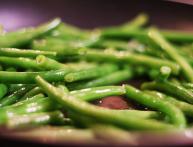
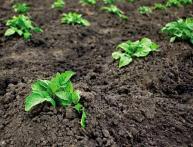
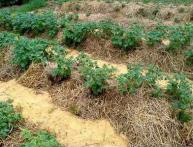
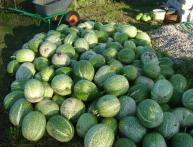
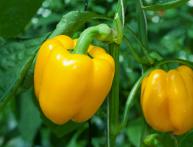

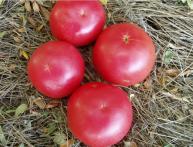
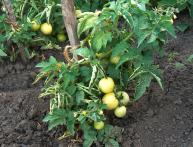
Comments
Thank you!
I ate it in pods, I’ll eat it in kilograms!